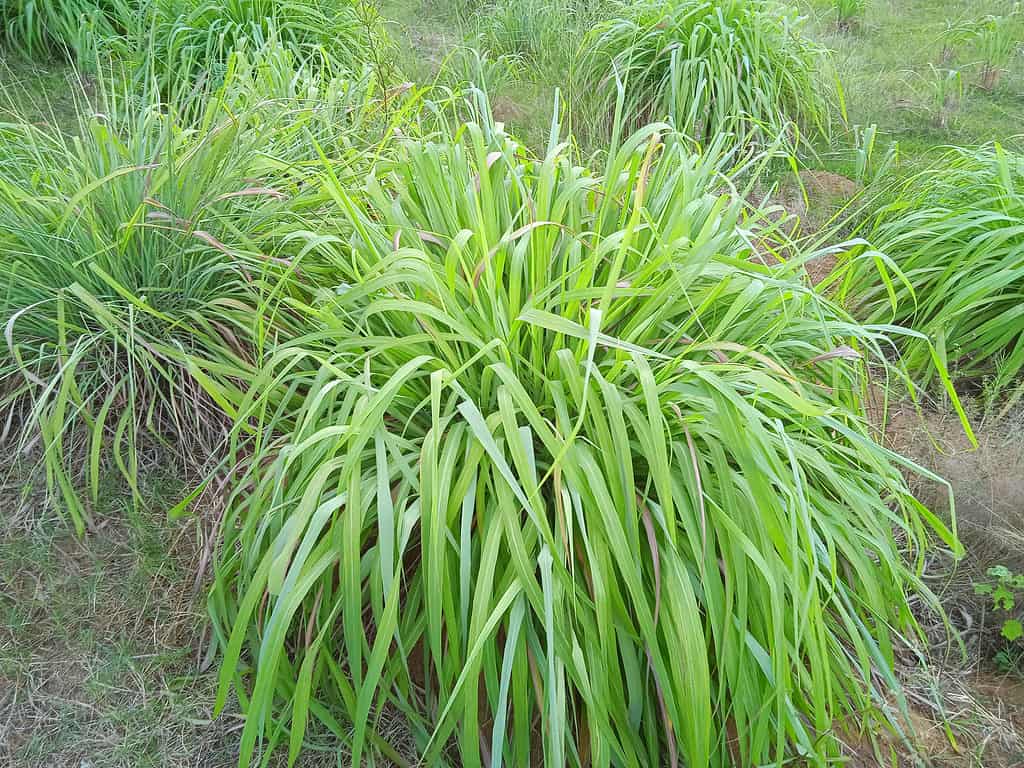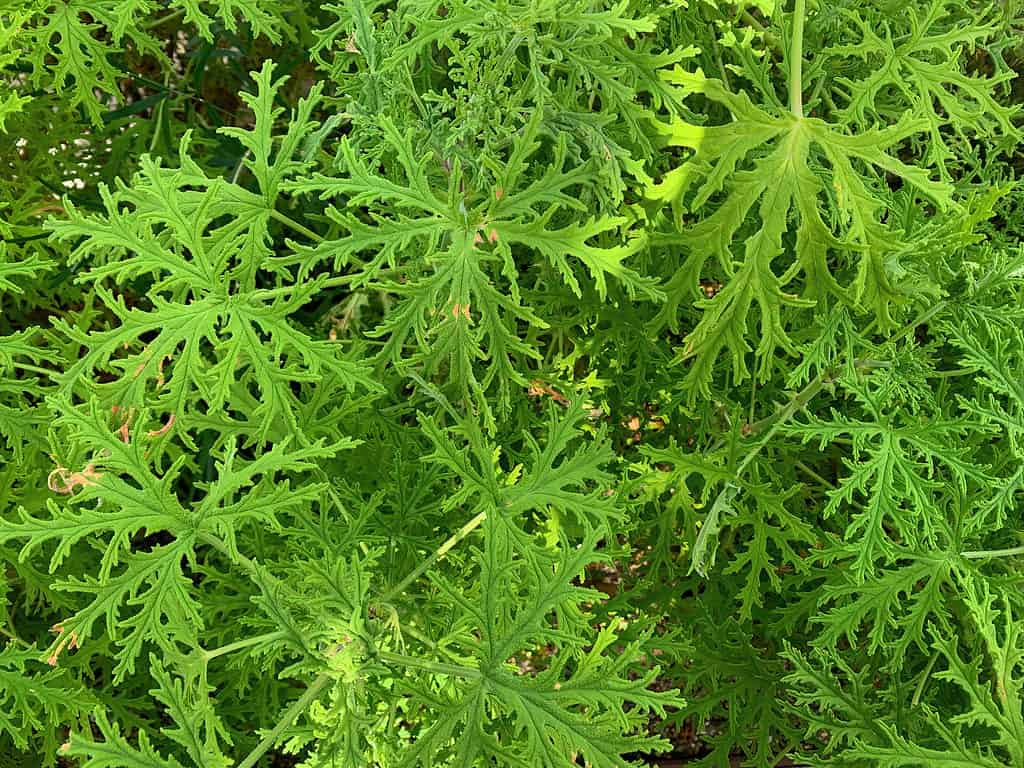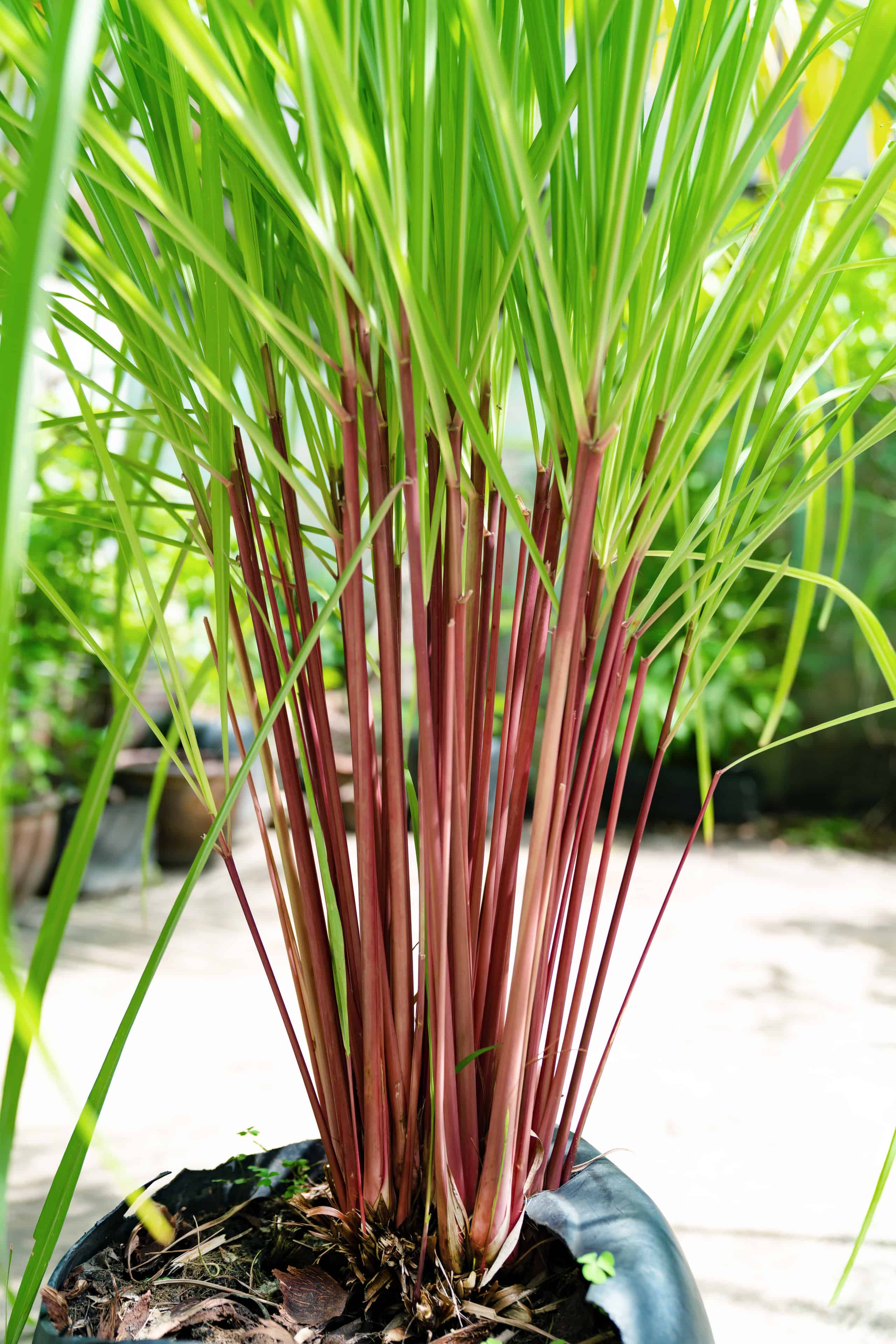Welcome to our guide on growing citronella! This article is designed to provide you with all the information you need to successfully cultivate and care for this versatile plant. Whether you’re a seasoned gardener or just starting out, we’ve got you covered with tips and techniques that will help ensure your citronella thrives in any environment. From choosing the right soil and location to pruning and pest control, we’ll take you through every step of the process so that your citronella can reach its full potential. So let’s get started on this exciting journey of discovering how easy it is to grow your own citronella plant!
About Citronella Grass

Citronella, Cymbopogon nardus, is a species of grass in the family Poaceae
©iStock.com/Siti Aisah
Citronella (Cymbopogon nardus) is a perennial grass that belongs to the Poaceae family. It is known for its characteristic lemony scent and is commonly used as an ingredient in various products such as candles, soaps, and insect repellents. Citronella oil, which is extracted from the plant’s leaves, has been found to have insect-repelling properties due to its high concentration of citronellal and geraniol compounds. While citronella can be grown both indoors and outdoors, it thrives best in warm climates with plenty of sunshine and well-draining soil. Those interested in growing their own citronella plants should take note of its specific care requirements to ensure optimal growth and yield.
Best Soil, Planting, and Care for Citronella Grass
Citronella is a fantastic plant that can be grown in a variety of soil types, making it an ideal choice for gardeners of all skill levels. To ensure the best growth and development of your citronella plants, it’s important to choose a well-draining soil with a pH level between 5.5 and 6.5.
When planting your citronella, make sure to space them out at least two feet apart from one another to allow adequate room for growth. For optimal results, consider growing your citronella in raised beds or containers, as this will not only provide better drainage but also give you greater control over the quality of soil used.
In terms of care, citronella requires regular watering, especially during dry seasons. However, avoid over-watering as this can lead to root rot which can ultimately damage or kill the plant altogether. Additionally, fertilize every few months with a nitrogen-rich fertilizer to promote lush foliage growth.
Overall, with proper attention and care given to both soil selection and maintenance practices, such as spacing and watering schedules, any gardener should be able to grow thriving citronella plants!
When to Harvest and How to Use Citronella Grass
Knowing when to harvest citronella is crucial in order to maximize its effectiveness as a natural insect repellent. The best time to harvest the plant is when it reaches a height of around two feet, or 60cm, and has developed mature leaves. At this stage, the oil concentration in the leaves will be at its highest.
To harvest your citronella plant, simply cut off the top third of the stalks using sharp scissors or pruning shears. Be sure not to remove more than one-third of the total foliage on any given plant, as this can inhibit growth and reduce future yields.
Once you have harvested your citronella plants, there are several ways you can use them. One popular method is to make homemade candles by melting wax and adding crushed citronella leaves to it before pouring them into molds with wicks inserted.
Another effective way to use fresh citronella is by crushing the leaves and rubbing them onto exposed skin for a natural insect-repellent effect. You can also dry out your harvested citronella leaves by hanging them upside down in a dark, well-ventilated space until they are fully dried out before storing them away in an airtight container for later use.
Overall, harvesting and utilizing fresh citronella correctly can help provide you with an all-natural solution for keeping pesky insects at bay while enjoying outdoor activities during warmer months.
Growing Problems

Cymbopogon nardus, common name citronella grass, is a species of perennial aromatic plant from the family Poaceae.
©iStock.com/Hermawan
When growing citronella, it is important to be aware of potential issues that can arise. Two common problems are sun scorch and wet feet. Sun scorch occurs when the plant is exposed to too much direct sunlight, which can lead to burnt leaves and stunted growth. To prevent this from happening, it is recommended to provide some shade during the hottest part of the day or move the plant to a location with less intense sunlight.
On the other hand, wet feet occur when there is poor drainage in the soil or if the plant is overwatered. This can lead to root rot and ultimately kill off your citronella plant. It’s crucial to ensure that your pot has proper drainage holes at its bottom so excess water can drain out easily. If you notice any signs of waterlogging or root rot in your citronella plants, such as yellowing leaves or wilting foliage, it’s best to remove them immediately.
Another issue that may affect citronella plants is leaf blight. This is a fungal disease that causes black spots on their foliage, leading eventually to death and decay of infected areas while also spreading rapidly throughout an entire garden bed if not properly dealt with quickly enough! Preventive measures involve dividing congested plants every few years for better air circulation around each stem as well as removing dead/dying leaves promptly before they become breeding grounds for further infection.
How Does Citronella Keep Mosquitoes Away?
Citronella is a natural mosquito repellent that is derived from the leaves of lemongrass plants. The plant’s distinct aroma, which is produced by its essential oils, acts as a deterrent for mosquitoes and other insects. When citronella oil is extracted from these leaves and applied to the skin or burned in candles or torches, it creates an invisible shield around you that repels mosquitoes.
Unlike chemical insecticides, citronella does not kill mosquitoes but rather masks the scent of carbon dioxide and lactic acid that humans emit – two chemicals that attract mosquitoes. As a result, mosquitoes are unable to locate their hosts and thus cannot bite them.
While citronella can be effective at keeping some types of mosquitoes away for periods ranging from 30 minutes to two hours depending on various factors such as wind direction and concentration levels of citronella oil being used, it may not work well with all species or in areas where mosquito populations are particularly dense. Ultimately, using multiple methods, such as wearing protective clothing along with applying bug spray containing DEET, will provide better protection against these pests when spending time outdoors during peak mosquito season.
Are Citronella and Citronella Geranium the Same Thing?

Citronella pelargonium geranium smells like citronella grass but is a different plant.
©iStock.com/PotatoeHead
Citronella is a popular plant known for its mosquito-repelling properties. However, it is often confused with the citronella geranium or scented geraniums (Pelargonium citrosum), which have a lemony scent and are excellent houseplants. These two plants are not the same, and while the scented geranium may be pleasant to keep indoors, it does not provide any protection against mosquitoes.
True citronella plants, on the other hand, are large grasses that can grow up to 6ft tall and 4ft wide. Due to their size and specific growing requirements, they may not be suitable for indoor growth for very long periods of time. However, they do make an excellent patio plant, as most people have enough room on their patios for larger species.
When considering growing citronella plants outdoors, it’s important to note that they prefer warm weather conditions and adequate sunlight exposure. They also require well-draining soil and regular watering during dry spells.
Overall, understanding the difference between true citronella plants versus citronella geraniums is crucial when deciding which plant will best suit your needs. If you’re looking specifically for mosquito-repellent capabilities in your garden or outdoor space, opt for true citronella plants rather than scented geraniums.
Is Citronella Toxic to Pets?

Citronella grass is toxic to dogs and cats.
©Prystai/Shutterstock.com
While citronella candles and oils are often used as a natural way to repel mosquitoes, it’s important to remember that the citronella plant is toxic to pets. The chemicals in the plant can cause irritation and even more serious health problems if ingested by dogs or cats. Symptoms of citronella poisoning in pets may include vomiting, diarrhea, lethargy, and even seizures.
If you do choose to use citronella products around your pet, it’s important to exercise caution. Keep candles or oil diffusers out of reach so that your pet cannot accidentally ingest them. Additionally, be sure not to apply any undiluted essential oils directly onto your pet’s skin, as this could lead to skin irritation or other adverse reactions.
If you have a garden where you grow citrus plants like citronella, make sure that your pets don’t have access to them. This means keeping an eye on them when they’re outside and maybe fencing off areas where these plants are growing.
Overall, while there are benefits of using citronella-based mosquito repellents for humans when used safely around our furry friends, we need caution because their safety is paramount!
Thank you for reading! Have some feedback for us? Contact the AZ Animals editorial team.








